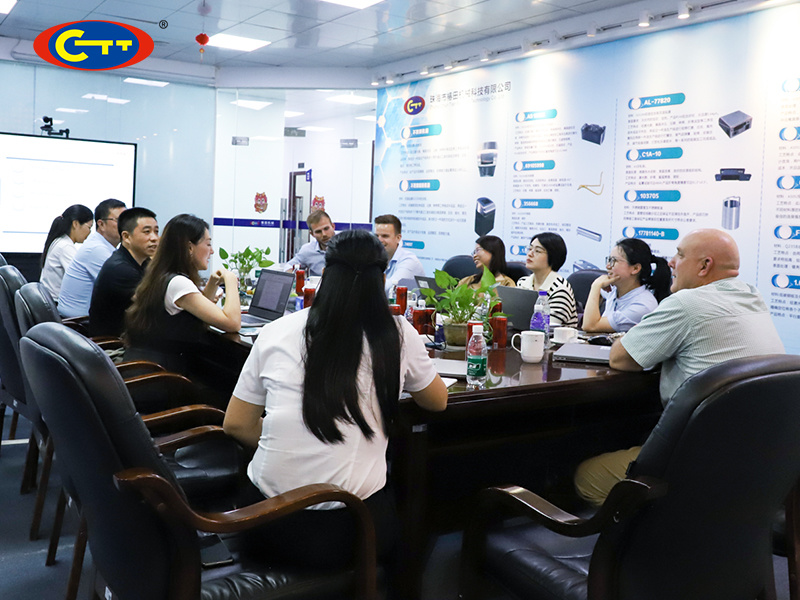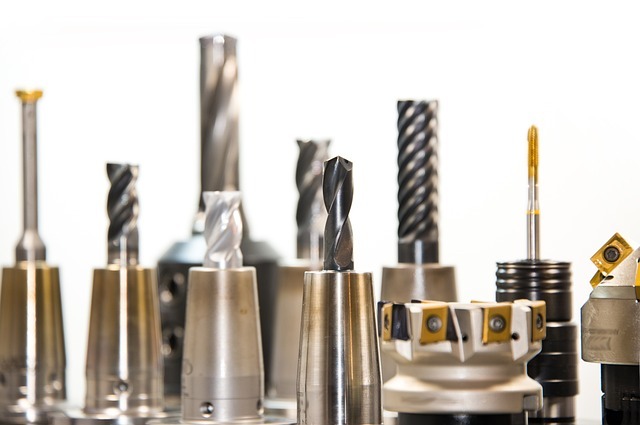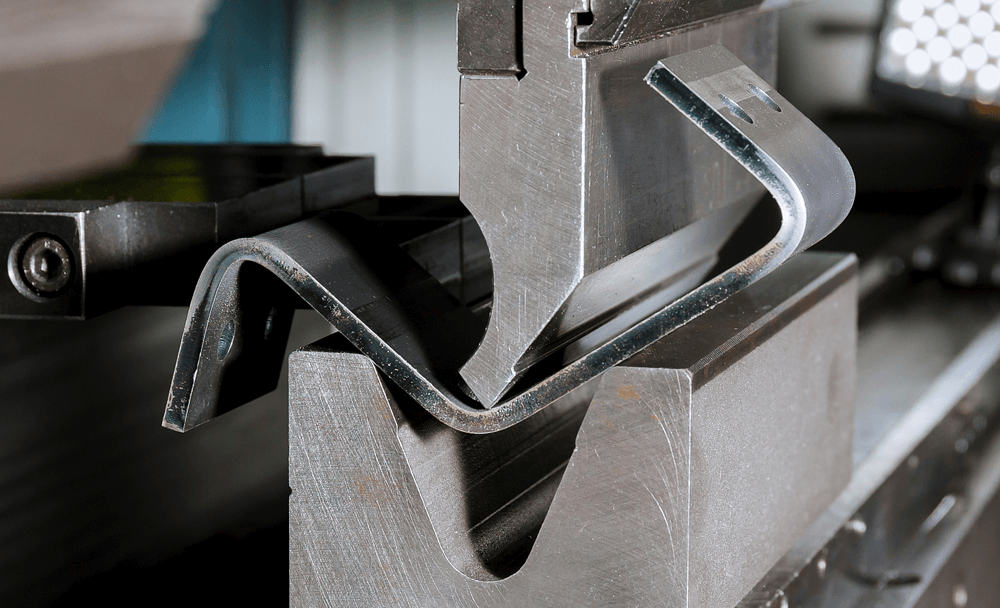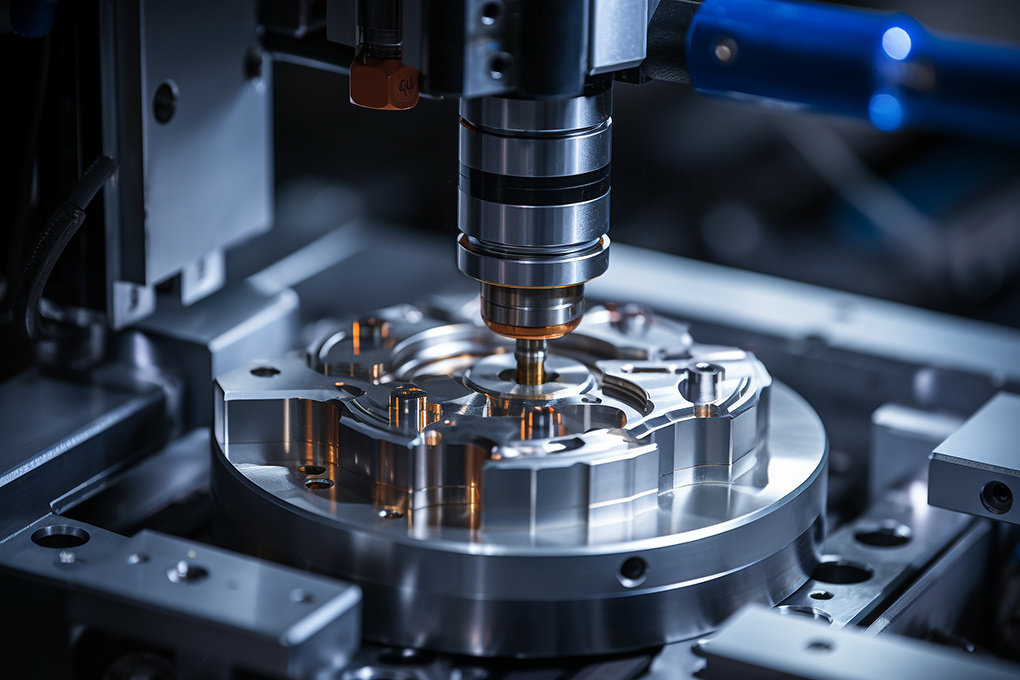Sheet metal plating process flow
Release time:
2024-09-25
In the field of modern industrial manufacturing, sheet metal plating technology plays an extremely critical role. It can give sheet metal products a unique performance and beautiful appearance. The following describes the sheet metal plating process and precautions in depth.
Sheet metal plating process is divided into 3 steps:
1. Pre-treatment
Oil removal: sheet metal parts in the processing, transportation and storage process, the surface is often contaminated with oil. There are many methods of oil removal, of which chemical oil removal is one of the commonly used methods. Through the use of alkaline degreaser, under the appropriate temperature and time conditions, the oil can be removed by chemical reaction with the degreaser. In addition, there are electrochemical degreasing, using the principle of electrolysis, bubbles are generated on the surface of the parts, and the oil is stripped from the surface.
Rust removal: Rust spots may appear on the sheet metal surface, which requires rust removal. Mechanical rust removal can be through sandblasting, shot blasting and other ways, the use of high-speed movement of sand or steel shot impact sheet metal surface, to remove the rust layer and oxide. Chemical rust removal is the use of acid rust remover, which reacts with the rust to dissolve and remove it from the surface.
Activation: Activation is to make the sheet metal surface in an active state that is easy to electroplate. A dilute acid solution is usually used for activation treatment to remove residual oxides and other impurities from the surface, providing a clean, active surface for the subsequent plating process.
2. Electroplating
Hanging plating: This is a common plating method. The pre-treated sheet metal part is hung on the cathode in the plating tank, while the anode is usually made of the same metal plate as the coated metal. In the plating solution, when the direct current is applied, the metal of the anode will dissolve to form metal ions, which move towards the cathode under the action of the electric field, and deposit a coating on the surface of the sheet metal parts. For example, in the nickel plating process, the anode uses a nickel plate, the plating solution contains nickel ions, by controlling the plating time, current density and other parameters, you can get a uniform thickness, good quality nickel coating.
Roll plating: For some small sheet metal parts, roll plating can be used. The parts are put into the roller plating bucket, and during the plating process, the roller plating bucket continuously rotates to make the parts tumble in the plating solution, so as to achieve uniform plating. This method is suitable for mass production and can improve production efficiency.
Choice of plating solution: Different coatings require different plating solution. For example, electroplating solution commonly used in galvanizing includes cyanide galvanizing solution, alkaline cyanide-free galvanizing solution, etc. Copper plating is commonly used copper sulfate plating solution. The composition, concentration, temperature and other factors of the plating solution will affect the electroplating effect.
3. Post-processing
Cleaning: After electroplating is completed, impurities such as electroplating solution will remain on the surface of sheet metal parts and need to be cleaned. Generally, clean water is first used to remove most of the plating solution, and then rinse with deionized water to ensure the cleanliness of the surface of the parts.
Passivation: Passivation treatment can improve the corrosion resistance of the coating. For galvanized layer, chromate is commonly used for passivation treatment to form a dense passivation film on the surface of the coating to enhance the oxidation resistance and corrosion resistance of the coating.
Drying: The parts after cleaning need to be dried to remove water on the surface and prevent parts from rusting. The drying temperature and time should be reasonably controlled according to the material of the parts and the characteristics of the coating to avoid discoloration or performance degradation of the coating caused by excessive temperature.
Key Words







